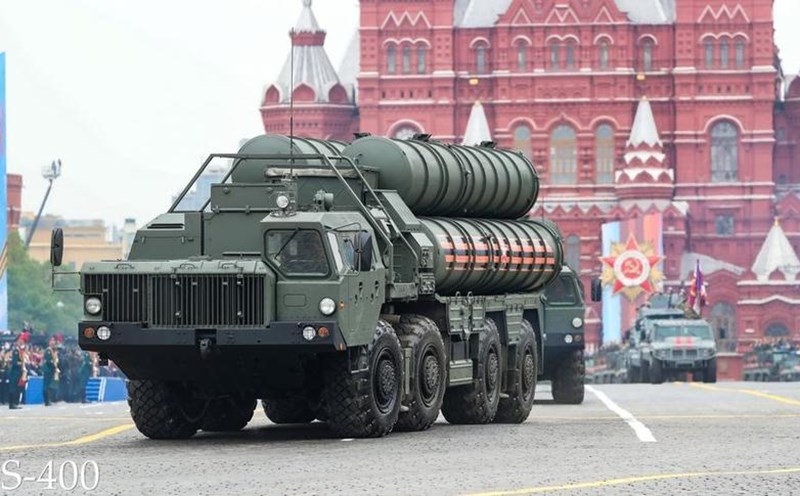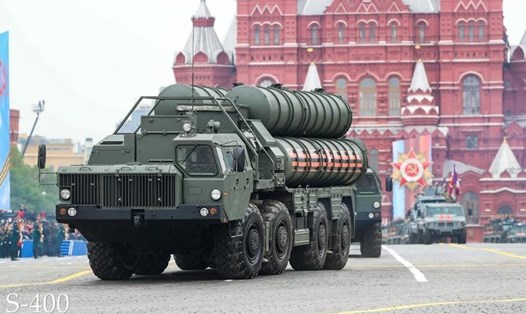This is considered a step to restore the nuclear deterrence project that was eliminated more than 3 decades ago.
According to Army Recognition, the move marks the US military's efforts to increase the capability of launching nuclear cruise missiles from attack subscribers, a project that was suspended in 1992.
Previously, the proposal to develop a nuclear cruise missile from the SLCM-N Submarine was proposed in 2018 under President Donald Trump. However, the plan was scrapped in 2022 under President Joe Biden.
Currently, the US Navy is aiming to deploy SLCM-N on Virginia's rapid attack submarines, which stand out with flexibility and high stealth.
This type of Submarine is considered a suitable platform for long-range nuclear attack missions thanks to modern technology and the ability to operate deep into the ocean without being easily detected.
Regarding finance, the US Congress is considering allocating $2 billion to the development of SLCM-N missile-related tasks, along with an additional $400 million to manufacture nuclear warheads for this type of weapon. This is a significant investment, reflecting the strategic importance that the US puts in its undersea nuclear weapons program.
From a strategic perspective, the return of the SLCM-N helps the US increase the deterrence capabilities of the nuclear triad, which includes strategic bombers, transcontinental ballistic missiles and launch missiles from Submarines.
Unlike the first two, which are easily detected or limited by international treaties, SLCM-N provides a flexible and difficult-to-trace option, allowing the US to respond quickly to potential threats without needing to be exposed early.
Since the 1980s, the US has deployed TLAM-N nuclear cruise missiles on both surface-to-air and Submarine ships. The revival of SLCM-N this time demonstrates Washington's desire to enhance undersea nuclear deterrence capacity in the context of an increasingly complex global security environment.











